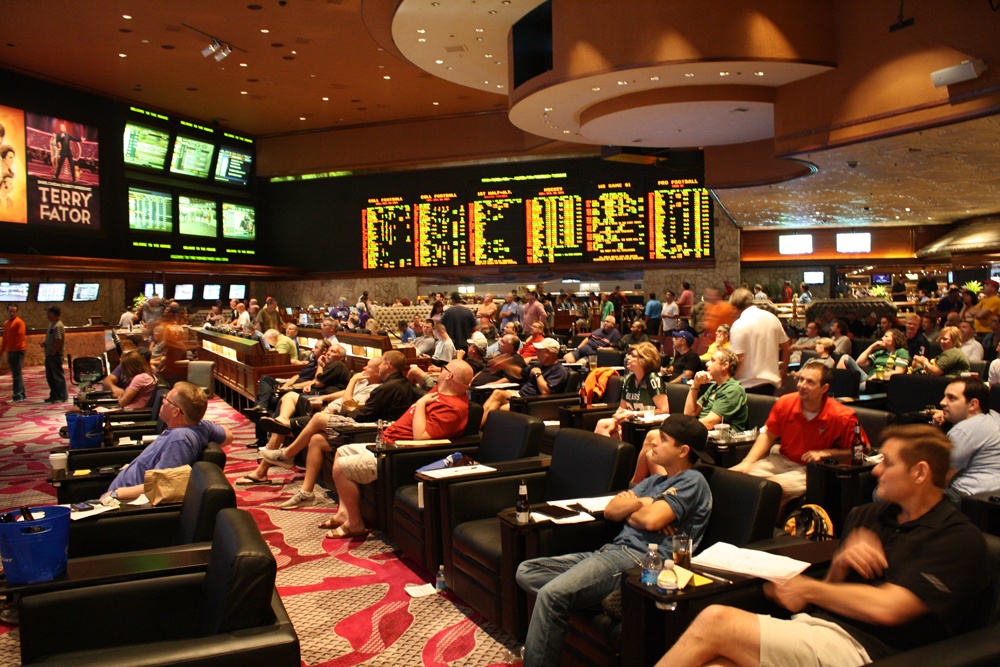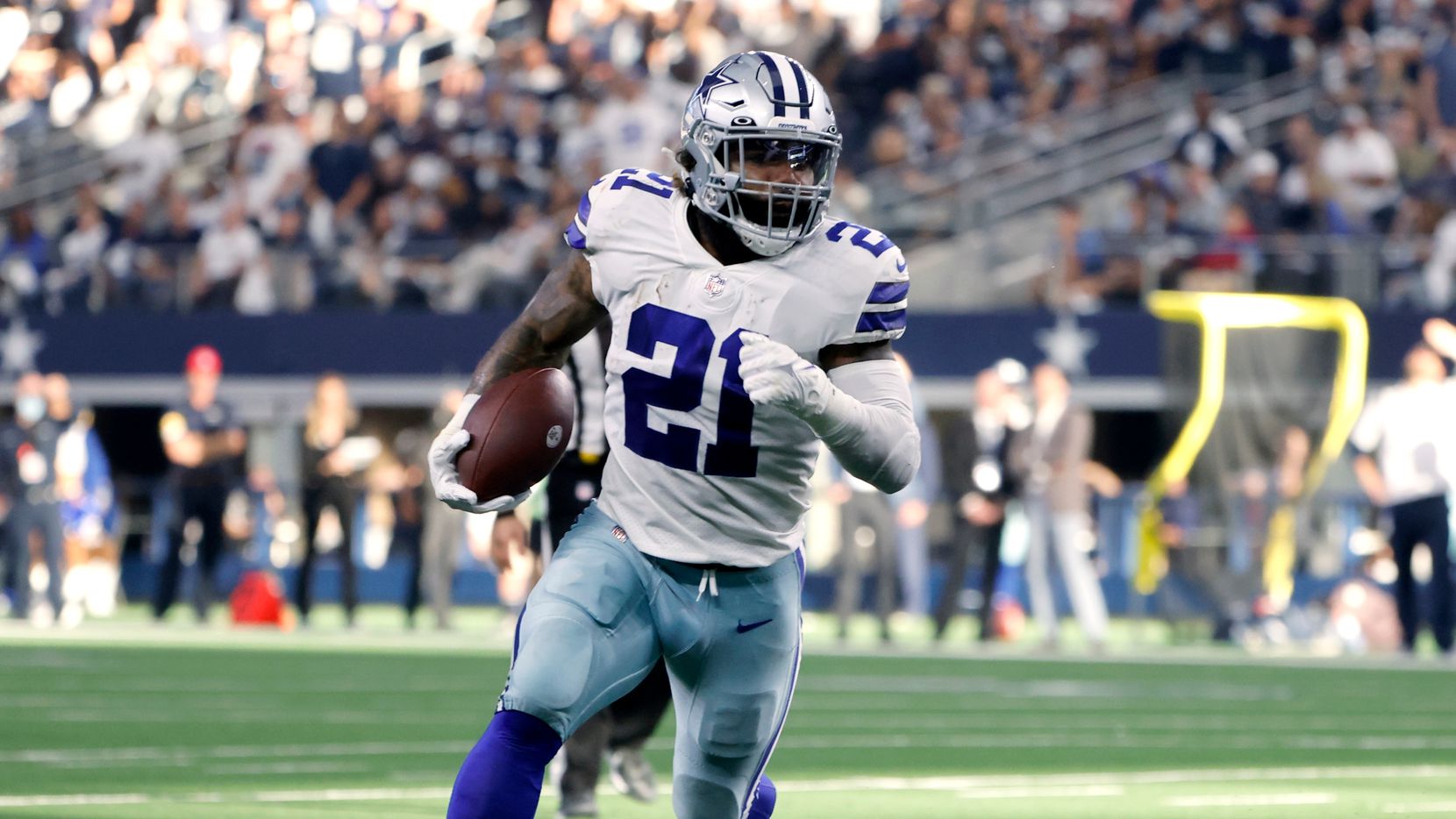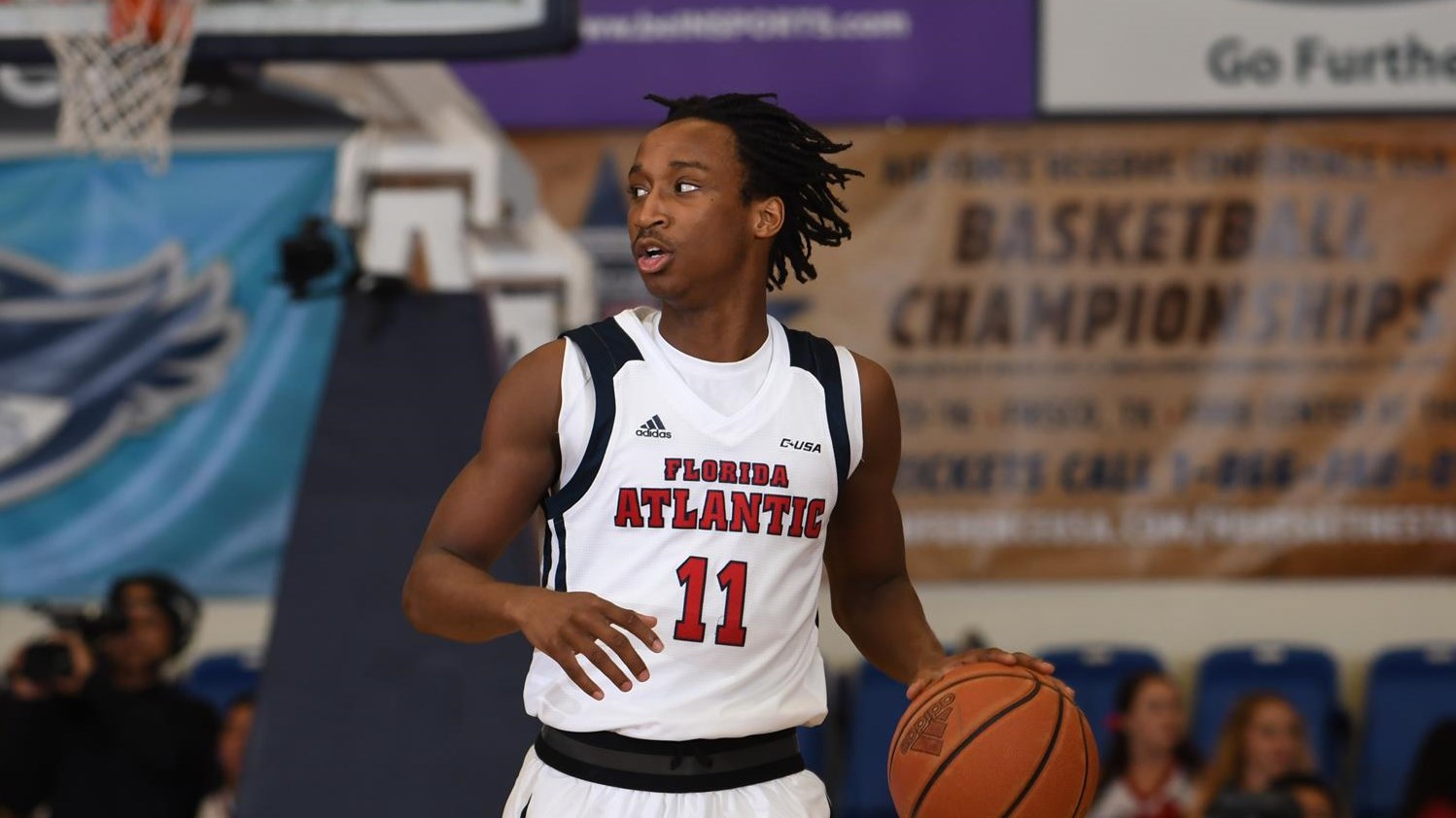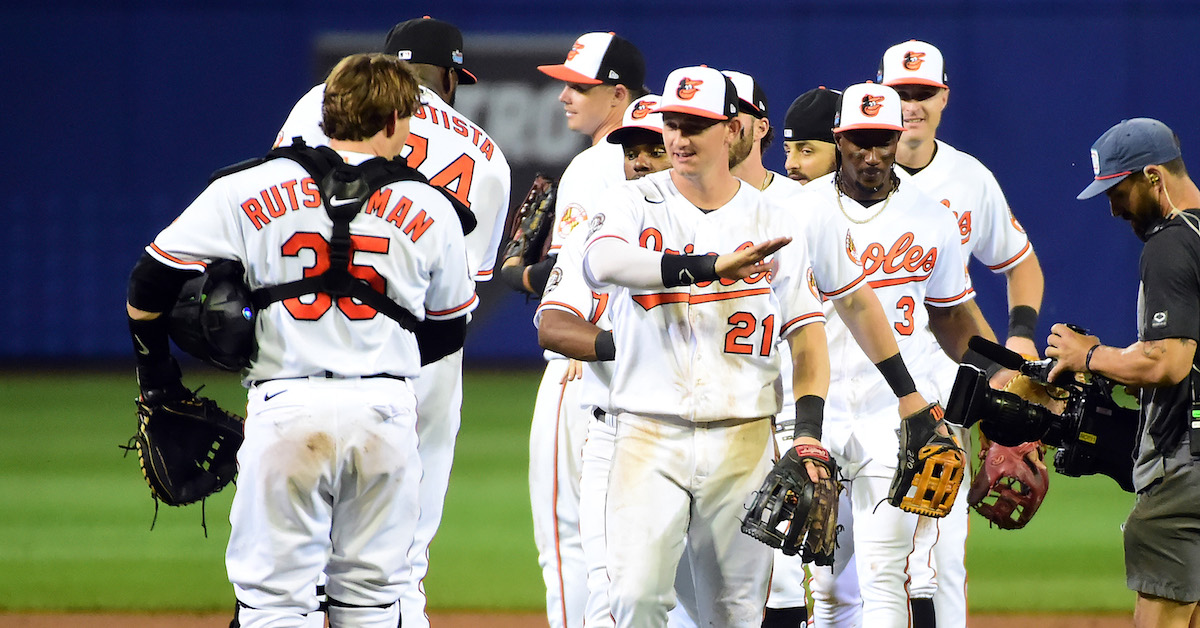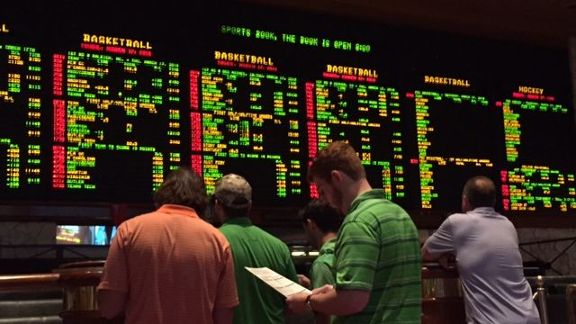Sports Betting 101 will now be more meaningful to new players as sports betting becomes legal in more states. Sports betting is big business in Nevada and now spreading across the country. But sports wagering doesn’t generate the huge profits the machines and table games bring in. Casinos report that the “hold” at their sports books is less than 10 percent, which means they keep as profits between 5-10 percent of all the money wagered. In contrast, the hold for table games such as blackjack and roulette is between 12-25 percent.
Because sports betting requires more skill than luck, astute gamblers and sports handicappers often find ways to beat the house. To compensate, sports books do everything possible to tilt the percentages in their favor. In order to beat the sportsbooks and to gain an edge you will definitely need out sports betting 101 tutorial below.
Sports Betting 101: The first method is charging a commission on a sports bet. Commonly referred to as the “house vigorish,” the commission is usually 10 percent. This means that a bettor must risk $110 to win $100 betting football or basketball games. (If the bettor wins, the original $110 is returned to him.) In betting shorthand, the odds would be -110. The minus indicates the odds are less than 1-to-1 (technically, the are 100-to-110). If the odds were +110, then a $100 wager would return $110, and the actual odds would be 110-to-100.
Sports Betting 101: Sports books also set up point spreads to make predicting the outcome of a game more difficult. The point spread is the amount of points a favored team must overcome in order for a bettor to win his bet, used mainly for football, basketball and hockey betting.
For instance, if a football team is favored by seven points, the team must win by eight or more. If it wins by less than seven points, or loses outright, the bettor loses. If the final score falls on the number, say, 21-14, it is a “push” or tie and the bet is refunded.
The flip side is that underdogs receive the points and needn’t actually win the game for the bettor to win his bet. In the above example, the underdog can either win the game, or lose by up to six points for its backers to win.
Sports Betting 101: For baseball and hockey bets, the books set odds or a “money line.” (For hockey, most players must contend with a point spread – usually not more than two goals – as well as a money line.)
The money line is a decimal version of betting odds (noted above in the vigorish example). It is most commonly used in baseball and hockey betting, but it is frequently offered on football bets in lieu of the point spread. Instead of listing a team as a 3-2 favorite, or a 6-7 underdog, the sports books use a plus or minus dollar figure to represent a team’s odds of winning.
A team with a negative money line is the perceived favorite and its payoff is less than the amount risked. Conversely, if a team has a plus money line, it is considered the underdog and pays more than the amount wagered.
For example, a team with a -1.80 money line means you must risk $1.80 in order to win $1 (odds of 100-to-180), which, added to your original bet gives you a payoff of $2.80. If the team’s money line were +1.80 (odds of 180-to-100), a win is worth $1.80 for every $1 bet for a like payoff of $2.80, but at a risk of only $1.
If you’re a mathematician you will have figured out that the plus money line represents odds on the underdog winning, and that the negative money line is the inverse of the odds on the favorite winning. In the above example, the odds on the underdog are 1.80 to 1, and the odds on the favorite are 1 divided by 1.80, or 0.55 to 1.
If this is as confusing to understand as it has been to write, just remember you have to bet the amount of the minus money line to win $1 (or multiples thereof), and that each $1 bet on a plus money line pays off at the stated amount.
Sports Betting 101: In addition to betting on outcome of games, sports bettors can bet the “over/under,” that is, whether the final score total will be either over or under a predetermined number.
During football season, parlay cards are also popular with players. The cards give players a chance to bet on a multitude of games (usually no less than three and a maximum of 10), with the chance of hitting boxcar payoffs. For instance, most cards pay at the rate of 6-for-1 for hitting a three-team parlay, and more than 600-1 for ten teams.
The many types of betting include:
Straight Bets are wagers that are made against the spread. The spread, or line, is a number assigned by the bookmakers which handicaps one team and favors another. For example, in the NBA, when two teams play each other, one is perceived as being more likely to win. To attempt to make wagering on the underdog desirable, the bookmaker will give them points. Before game 5 of the 2012 NBA Finals, the Miami Heat were expected to beat the Oklahoma City Thunder. The line read: Miami -3, Oklahoma City +3. To determine who wins against the spread, the line is either added or subtracted from a teams final score. In the above example, if the bettor chose Miami, he would subtract 3 points from Miami’s final score and compare that to Oklahoma’s final score. For him to win his bet, Miami would have to win the game by 4 points or more. This is the most common type of bet in sports.
Proposition bets are wagers made on a very specific outcome of a match. Examples include guessing the number of goals each team scores in a handball match, betting whether a player will score in a football game, or wagering that a baseball player on one team will accumulate more hits than another player on the opposing team.
Parlays involve multiple bets (usually up to 12) and will reward a successful bettor with a large payout. For example, a bettor could include four different wagers in a four-team parlay, whereby he is wagering that all four bets will win. If any of the four bets fails to cover, the bettor loses the parlay, but if all four bets win, the bettor receives a substantially higher payout (usually 10-1 in the case of a four-teamer) than if he made the four wagers separately.
Progressive parlays. A progressive parlay involves multiple bets (usually up to 12) and rewards successful bettors with a large payout, though not as large as normal parlays. However, in a progressive parlay, unlike a regular parlay, a reduced payout will still be made even should some of the bets lose.
Teasers. A teaser allows the bettor to combine his bets on two or more different games. The bettor can adjust the point spreads for the two games, but must get all the games correct to win and recognizes a lower return in comparison to parlays.
If bets. An if bet consists of at least two straight bets joined together by an if clause which determines the wager process. If the player’s first selection complies with the condition (clause), then the second selection will have action; if the second selection complies with the condition, then the third selection will have action and so on.
Run line, puck line or goal line bets. These are wagers offered as alternatives to straight-up/moneyline prices in baseball, hockey or soccer, respectively. These bets feature a fixed point spread that (usually) offers a higher payout for the favorite and a lower payout for the underdog (both in comparison to the moneyline).
Future wagers. While all sports wagers are by definition on future events, bets listed as “futures” generally have a long-term horizon measured in weeks or months; for example, a bet that a certain NFL team will win the Super Bowl for the upcoming season. Such a bet must be made before the season starts in September, and winning bets will not pay off until the conclusion of the Super Bowl in January or February (although many of the losing bets will be clear well before then and can be closed out by the book). Odds for such a bet generally are expressed in a ratio of units paid to unit wagered. The team wagered upon might be 50-1 to win the Super Bowl, which means that the bet will pay 50 times the amount wagered if the team does so.
Sports Betting 101 Head-to-Head. In these bets, bettor predicts competitors results against each other and not on the overall result of the event. One example are Formula One races, where you bet on two or three drivers and their placement among the others. Sometimes you can also bet a “tie”, in which one or both drivers either have the same time, drop out, or get disqualified.
Sports Betting 101 Totalizators. In totalizators (sometimes called flexible-rate bets) the odds are changing in real-time according to the share of total exchange each of the possible outcomes have received taking into account the return rate of the bookmaker offering the bet. For example: If the bookmakers return percentage is 90%, 90% of the amount placed on the winning result will be given back to bettors and 10% goes to the bookmaker. Naturally the more money bet on a certain result, the smaller the odds on that outcome become. This is similar to parimutuel wagering in horse racing and dog racing.
Sports Betting 101 2nd half bets. A 2nd half (Second half) bet is also sometimes called a halftime bet. This bet is placed only at halftime of a particular sporting event. This bet can be placed on the spread(Line) or over/under. The resulting bet that is placed is won or lost only on the points scored by both teams in the second half only.
In-play betting. In-play betting is a feature offered by some online sports books that enables bettors to place new bets while a sporting event is in progress.
– Click Here For more Sports Betting 101 articles and secrets to sports betting


